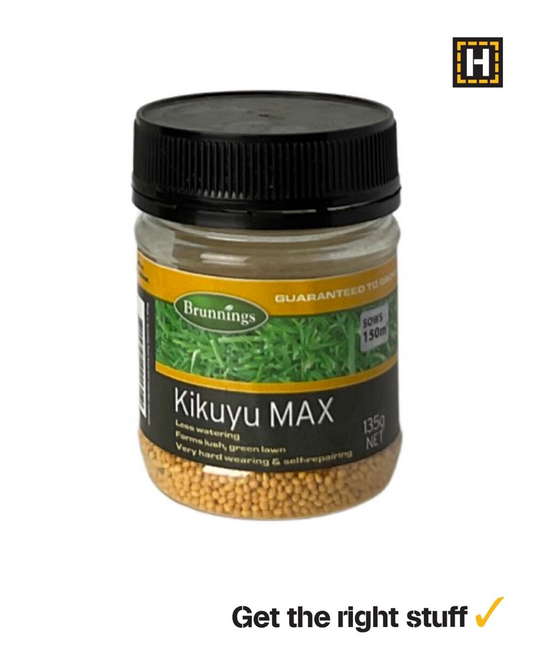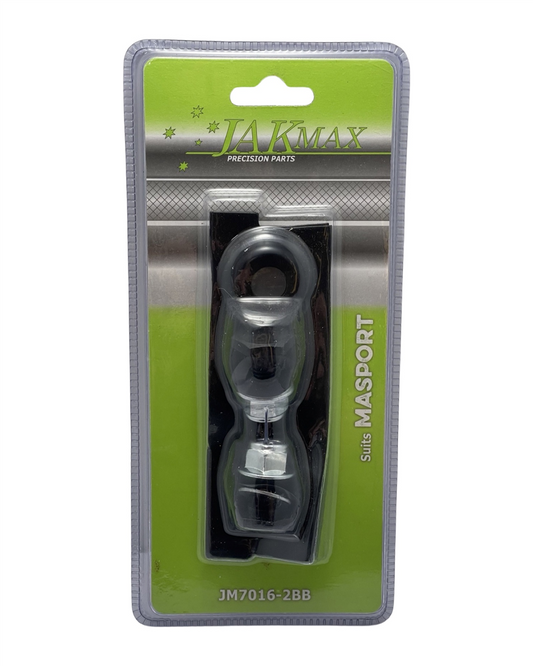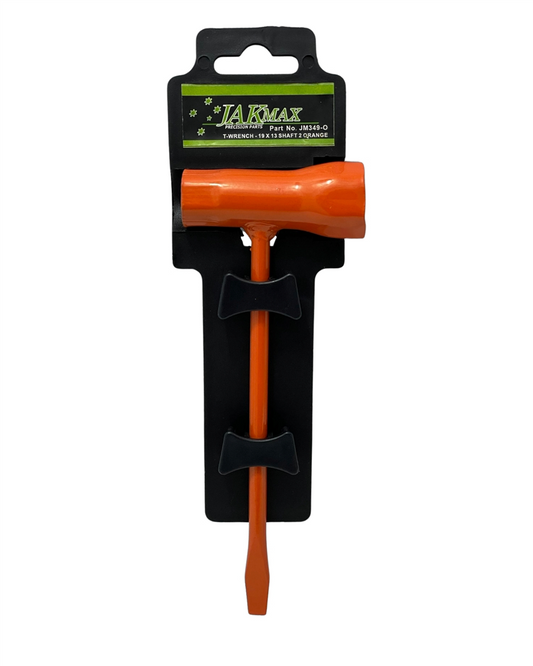Tired of Dead Plants? Master Indoor Gardening Today
Share
Breathe Life into Your Indoor Plants: A Beginner’s Guide to Thriving Greenery
Let’s be honest—keeping indoor plants alive can feel like an impossible mission. One week, your new fern is lush and bright, the next, it looks like it’s staging its own funeral. If you’ve had more plant casualties than successes, don’t worry, you’re not alone. The good news? With a few simple tweaks, even the most notorious plant-slayer can nurture a thriving indoor jungle.
Choosing the Right Plants for Your Space
Not all plants are suited to every home. Some need bright, direct light, while others are happier in a shady nook. Before you bring a new plant home, consider:
- Light levels: Does your space get plenty of natural sunlight, or is it more on the cosy, low-light side?
- Time commitment: Are you ready to play plant parent daily, or do you need something that thrives on a bit of neglect?
- Pet-friendliness: Some houseplants are toxic to animals, so check before you buy if you’ve got curious furry friends.
For beginners, plants like snake plants, pothos, and peace lilies are great low-maintenance choices. They’re hardy, forgiving, and excellent at cleaning the air.
The Secret to Avoiding Overwatering
Rookie mistake number one? Loving your plants a little too much—especially with water. Many indoor plants suffer from overwatering rather than neglect. Here’s a simple trick: stick your finger into the soil up to your first knuckle. If it feels dry, it’s time for a drink. If not, step away from the watering can.
Use pots with drainage holes to help prevent soggy roots, which lead to dreaded root rot. If your pot doesn’t have drainage, pop some pebbles at the bottom to allow excess water to drain away from the roots.
Perfecting Placement for Happier Plants
Ever moved your plant from one spot to another and suddenly it starts sulking? That’s because placement makes all the difference. Ideally, keep your greenery where it matches its light needs:
- Bright, indirect light: Ideal for fiddle leaf figs, monsteras, and fiddle-leaf ferns.
- Low light: Great for ZZ plants, snake plants, and peace lilies.
- Direct sunlight: Best for succulents, cacti, and herbs like basil or rosemary.
Rotate your plants every now and then to ensure even growth, and keep them away from air-conditioners and heaters, which can stress them out.
Feeding Your Plants for Maximum Growth
Plants need more than just water and sunlight to thrive—they also appreciate a little snack from time to time. A general-purpose indoor plant fertiliser once a month during the warmer months keeps them well-fed. But remember, less is more—overfeeding can cause more harm than good.
If you're after something natural, opt for worm castings or organic fertilisers for a gentle, nutrient boost.
How to Spot and Fix Trouble Early
Plants communicate—you just need to know how to read their signals. Here’s what might be going wrong:
- Yellow leaves: Often a sign of overwatering or nutrient deficiency.
- Brown, crispy edges: Could be dehydration or exposure to dry air.
- Droopy leaves: Your plant might be thirsty or experiencing stress from its environment.
Give them a once-over every few days to catch any issues before they worsen.
Your Indoor Garden, Your Rules
Don’t let past plant failures put you off. Start with the right plants, learn their needs, and before long, your home will feel like a lush, green paradise. And remember, a happy plant is one that makes you happy too. So go ahead—get your hands a little dirty!
Need a little help picking the perfect indoor plant? Drop by Strathalbyn H Hardware’s Garden Centre and chat with the team. They’ll help you find the best greenery to match your space and skill level.
Happy planting!
— Candeece
 Stay Connected
Stay Connected
Join our gardening community on Facebook the Urban Gardener's Notebook
And follow our Store Facebook Page: Strathalbyn H Hardware on Facebook









